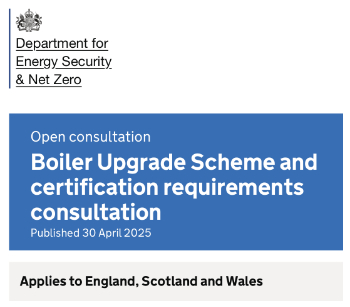Contingent liabilities
Contingent liabilities are potential future financial obligations that may arise based on the occurrence of specific events or conditions. These liabilities are not certain to occur but represent risks that could materialise under certain circumstances. They can have significant implications for the financial health and stability of the parties involved in a construction project.
Common examples in the UK construction industry might include:
- Latent defects - construction defects that are not immediately visible or detectable at the time of project completion but may become apparent over time. Examples include structural weaknesses, faulty materials, or poor workmanship.
- Potential claims under warranties provided for construction work, where defects are discovered within the warranty period.
- Legal claims by third parties, such as neighbours, passers-by, or users of the constructed facility, for injuries or damages caused by the construction activities or the completed structure.
- Disputes with subcontractors, suppliers, or clients that could result in legal proceedings and financial settlements or damages.
- Liability for environmental contamination discovered during or after construction, which may require remediation or result in fines.
- Claims arising from accidents or injuries to workers or the public occurring on the construction site.
- Fines or penalties imposed by health and safety regulatory bodies for breaches of health and safety regulations.
- Guarantees that the contractor will complete the project as specified. If the contractor fails to meet the terms, the bond issuer may have to cover the costs.
- Funds withheld from payments to contractors to ensure completion of work and rectification of defects, which may be subject to claims.
- Liabilities arising from unexpected increases in the cost of materials or labour, which can affect project budgets and financial commitments.
- Financial consequences of project delays, including liquidated damages payable to the client or penalties for late completion.
Management and mitigation of contingent liabilities might include:
- Including specific clauses in contracts to allocate risks and responsibilities for contingent liabilities between parties. For example, indemnity clauses, limitation of liability clauses, and covenants against contingent liabilities.
- Obtaining appropriate insurance coverage, such as professional indemnity insurance, public liability insurance, and latent defects insurance, to protect against potential liabilities.
- Implementing robust risk management practices, including thorough risk assessments, quality control measures, and compliance checks, to minimise the likelihood of contingent liabilities arising.
- Seeking professional legal and financial advice to ensure that contracts are well-drafted and that all potential liabilities are adequately addressed and covered.
- Regular monitoring and auditing of construction activities and compliance with contractual and regulatory requirements to detect and address potential issues early.
NB Glossary of Capital Budgeting and Infrastructure Governance, published by the Organisation for Economic Co-operation and Development (OECD) in 2018, defines contingent liabilities as: ‘…liabilities whose budgetary impact is dependent on future events which may or may not occur. Common examples include government loan guarantees, government insurance programmes, and legal claims against the government.’
The glossary of statistical terms, published by the Organisation for Economic Co-operation and Development (OECD), defines contingent liabilities as: ‘Obligations that have been entered into, but the timing and amount of which are contingent on the occurrence of some uncertain future event. They are therefore not yet liabilities, and may never be if the specific contingency does not materialize.’
See also: Covenant against contingent liabilities.
[edit] Related articles on Designing Buildings
Featured articles and news
Mixed reactions to apprenticeship and skills reform 2025
A 'welcome shift' for some and a 'backwards step' for others.
Licensing construction in the UK
As the latest report and proposal to licence builders reaches Parliament.
Building Safety Alliance golden thread guidance
Extensive excel checklist of information with guidance document freely accessible.
Fair Payment Code and other payment initiatives
For fair and late payments, need to work together to add value.
Pre-planning delivery programmes and delay penalties
Proposed for housebuilders in government reform: Speeding Up Build Out.
High street health: converting a building for healthcare uses
The benefits of health centres acting as new anchor sites in the high street.
The Remarkable Pinwill Sisters: from ‘lady woodcarvers’ to professionals. Book review.
Skills gap and investment returns on apprenticeships
ECA welcomes new reports from JTL Training and The Electrotechnical Skills Partnership.
Committee report criticises UK retrofit schemes
CIOB responds to UK’s Energy Security and Net Zero Committee report.
Design and construction industry podcasts
Professional development, practice, the pandemic, platforms and podcasts. Have we missed anything?
C20 Society; Buildings at Risk List 2025
10 more buildings published with updates on the past decade of buildings featured.
Boiler Upgrade Scheme and certifications consultation
Summary of government consultation, closing 11 June 2025.
Deputy editor of AT, Tim Fraser, discusses the newly formed society with its current chair, Chris Halligan MCIAT.
Barratt Lo-E passivhaus standard homes planned enmasse
With an initial 728 Lo-E homes across two sites and many more planned for the future.
Government urged to uphold Warm Homes commitment
ECA and industry bodies write to Government concerning its 13.2 billion Warm Homes manifesto commitment.
From project managers to rising stars, sustainability pioneers and more.
Places of Worship in Britain and Ireland, 1929-1990. Book review.























